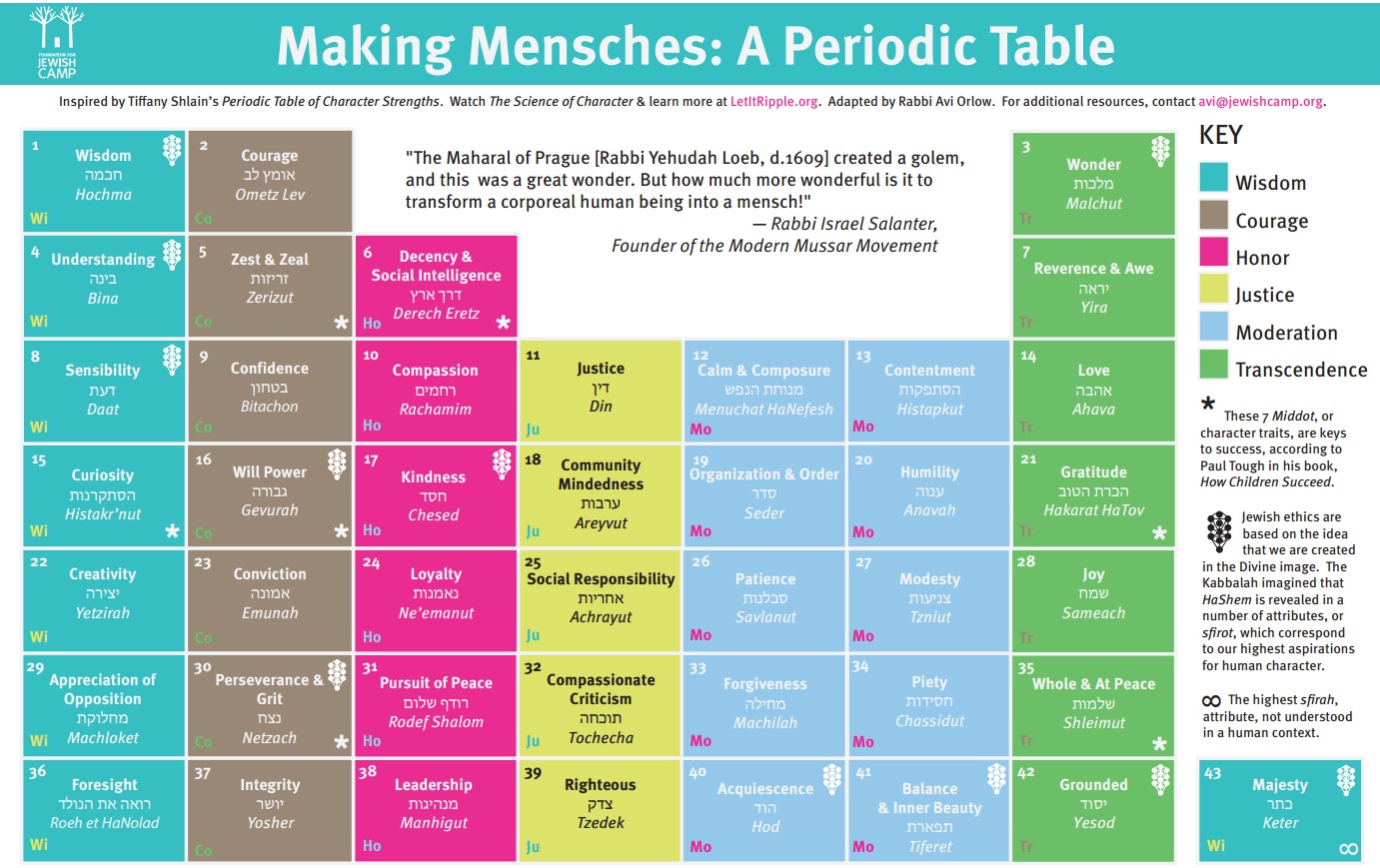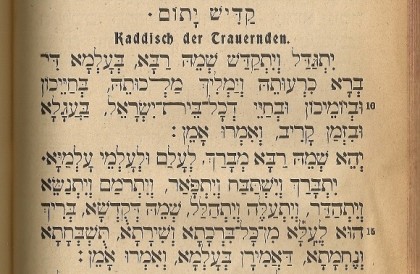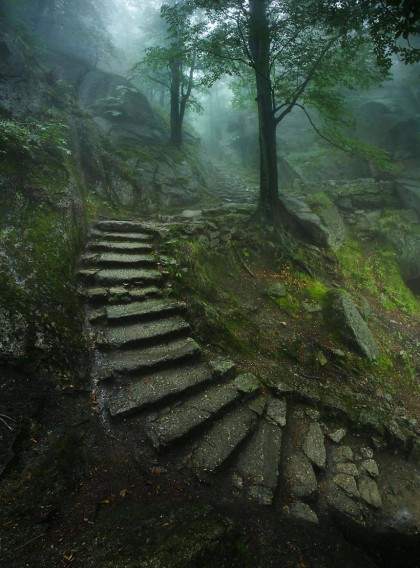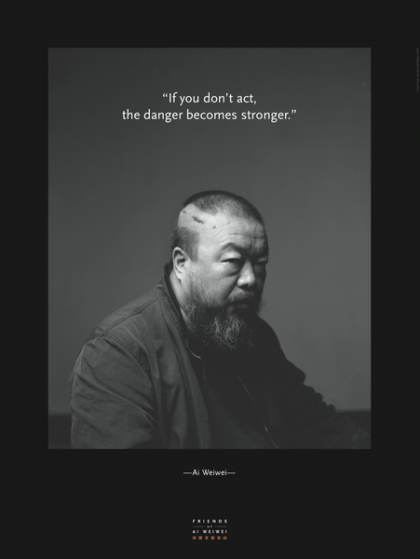Lughnasa Eclipse Moon
 The mind and heart, so wonderful, so necessary, so amazing, but also so fragile. Take mine for instance. Yesterday was a full day, beginning, as my days do, around 4:45 am. I got the dogs fed, ancientrails written, Jennie’s 750 words written and went downstairs to eat breakfast and make two sugar cream pies.
The mind and heart, so wonderful, so necessary, so amazing, but also so fragile. Take mine for instance. Yesterday was a full day, beginning, as my days do, around 4:45 am. I got the dogs fed, ancientrails written, Jennie’s 750 words written and went downstairs to eat breakfast and make two sugar cream pies.
I met Rabbi Jamie for lunch in Evergreen, drove back to Shadow Mountain and took Kate to Bailey for her Patchworker’s gathering. Stopped by Happy Camper on the way back home. A 30 minute rest, then back to Evergreen for a meeting about the first ever Evergreen Forum.
Here’s the tricky part for me, the tricky part for moving more fully into the space of Beth Evergreen. My responsibility for the meeting was to get the four panelists there. I reminded them all in an e-mail a week plus ago, but only Rabbi Jamie and Rev. Dr. Judy Morley of the Science of Mind church showed up. I was embarrassed. Of course, they’re adults and had plenty of prior notice; still, I felt I failed at part of my task. Not a great feeling. The planning went fine though and we got the work done.
However. This meeting preceded a second meeting, Mussar Vaad Practice leadership, of which I am also a part. (MVP, get it?) At this one I’m part of a group of six taking responsibility for continuing the integration of mussar’s character development work into congregational life. This was the meeting for which I baked the pie.
During this meeting, I fell into a dispirited place. Dispirited is such an interesting and evocative word. Exactly right here. My spirit, my ability to engage as me, waned during the course of the time. Why? Well, MVP intends to lead by deepening our own personal practice of mussar. Part of that practice involves focusing for a month on a particular character trait, last month’s was self-awareness, this month’s is awe.
The practice involves using a focus phrase, mine was be aware, to keep our attention focused on how we are with that particular trait over the month. I said I’d journal my awareness. Others made lists twice a day of how they made choices, another put a note on their car dashboard asking, Where I am going, why, Where I am going, how, and another turned off the radio in their car and used that time to focus, while yet another checked in on how they were eclipsing themselves, hiding their true feelings behind socially expected behavior.
At check in we said how it had gone over the month. Most of the folks had very fruitful months with some behavior changes I would describe as significant. When it came my turn to check in, I couldn’t remember any of the things about which I’d journaled and I admitted that the journaling didn’t last long. As my Woolly friends who read this will know, I love assignments and am diligent about fulfilling them. Comes from all those years as a student. Except I hadn’t this time. Again, I felt embarrassed.
Too, this meeting went until 8:30 p.m. I’m in bed at 8:00 p.m. since I get up at 4:45 or 5:00 to feed the dogs and start my day. I’m not sure, but I think as my mind begins to move toward sleep, at least at this age, my emotional resilience goes down, especially when I’m out.
The end result of this was that I came home feeling like a failure. Too big a word? Not really. The good news here is that I recognize the context for this feeling, why it came over me and that it was contextual, not core. I told Kate I’d feel better after some rest. And I did.
Being older means having gone through this cycle before and being self-aware (hah, ironic, eh, in light of last month’s character trait?) enough to know the feeling will pass. This is so important, though it may not be obvious. If I allow my embarrassment to mutate into shame, then it could well weaken the bonds I’ve begun to develop at Beth Evergreen.
Shame at not being able to fulfill my obligations could make me much more reticent in future meetings and in general with the people involved. It could push me away from Beth Evergreen. But that only happens if I see the embarrassment (my reaction) as being produced by the other’s shaming me. If I understand and own the reaction as my own, and as a reaction to circumstance, not as a character flaw, then I can continue in community.
A tough but good learning.
 Behind the wilderness. Everett Fox is a Jewish scholar who did a translation of the Torah into English while preserving the Hebrew syntax. He made some startling word choices, too, such as in this verse: Exodus 3:2 “He (Moshe) led the flock behind the wilderness–and he came to the mountain of God, to Horev.” Behind is such an interesting choice.
Behind the wilderness. Everett Fox is a Jewish scholar who did a translation of the Torah into English while preserving the Hebrew syntax. He made some startling word choices, too, such as in this verse: Exodus 3:2 “He (Moshe) led the flock behind the wilderness–and he came to the mountain of God, to Horev.” Behind is such an interesting choice. Behind the wilderness is the God who is, as Fox translates later in this passage: I-will-be-there howsoever I-will-be-there. It is this God whose messenger Moshe saw in the bush that burned without being consumed. This God’s name, a verbal noun composed of a mashup of past-present-future tenses for the verb to be, does not reveal. It conceals. It means, it does not describe. The messenger in the bush speaks for the vast whorling reality in which past, present and future are one, all experienced in the present and as part of which we are each integral, necessary and non-interchangeable.
Behind the wilderness is the God who is, as Fox translates later in this passage: I-will-be-there howsoever I-will-be-there. It is this God whose messenger Moshe saw in the bush that burned without being consumed. This God’s name, a verbal noun composed of a mashup of past-present-future tenses for the verb to be, does not reveal. It conceals. It means, it does not describe. The messenger in the bush speaks for the vast whorling reality in which past, present and future are one, all experienced in the present and as part of which we are each integral, necessary and non-interchangeable.




 “That’s us,” he said, sweeping his hand around the room. Of course, it’s not me, but I took the point. Israel, those Jews in the sanctuary at Beth Evergreen and in Rosh Hashanah services around the world last night, and those Jews not in the services, too, is a community which celebrates its most important memories every Sabbath with a parsha reading, a segment of the Torah.
“That’s us,” he said, sweeping his hand around the room. Of course, it’s not me, but I took the point. Israel, those Jews in the sanctuary at Beth Evergreen and in Rosh Hashanah services around the world last night, and those Jews not in the services, too, is a community which celebrates its most important memories every Sabbath with a parsha reading, a segment of the Torah. This is reconstructionist Judaism, an explicitly non-supernatural religion that nonetheless adheres to the traditions and customs of Jewish civilization, including Torah study, sabbath observance, comforting mourners, repairing the world and doing acts of loving kindness.
This is reconstructionist Judaism, an explicitly non-supernatural religion that nonetheless adheres to the traditions and customs of Jewish civilization, including Torah study, sabbath observance, comforting mourners, repairing the world and doing acts of loving kindness. The last night of the Eclipse Moon, a disastrous month for North America from the eclipse to its waning moment. The wildfires are still burning in the West from the state of Washington to California, in Oregon and Montana and Idaho. Harvey and Irma related disaster cleanup has only begun. The same in southern Mexico for the victims of the 8.1 earthquake. Jose is still pounding around in the Atlantic and Maria, now a category 5, has just shattered Dominica, Guadeloupe, and is headed for Martinique and Puerto Rico. It’s not the apocalypse, no, but for those whose homes and forests are on fire, under water, battered by wind or destroyed by the movement of the earth, it may as well be.
The last night of the Eclipse Moon, a disastrous month for North America from the eclipse to its waning moment. The wildfires are still burning in the West from the state of Washington to California, in Oregon and Montana and Idaho. Harvey and Irma related disaster cleanup has only begun. The same in southern Mexico for the victims of the 8.1 earthquake. Jose is still pounding around in the Atlantic and Maria, now a category 5, has just shattered Dominica, Guadeloupe, and is headed for Martinique and Puerto Rico. It’s not the apocalypse, no, but for those whose homes and forests are on fire, under water, battered by wind or destroyed by the movement of the earth, it may as well be. Albert Camus. One of my favorite theologians. It occurred to me that the abyss Camus mentions may be what gets crossed when we experience awe. Somehow we let the absurd in, or the mute world gives us a shout.
Albert Camus. One of my favorite theologians. It occurred to me that the abyss Camus mentions may be what gets crossed when we experience awe. Somehow we let the absurd in, or the mute world gives us a shout.
 What all of these ideas suggest, I think, is that a gap exists between an individual and the really real. An important religious question is what is beyond that gap, or what constitutes the gap, or what is the significance of the hidden for our spiritual lives.
What all of these ideas suggest, I think, is that a gap exists between an individual and the really real. An important religious question is what is beyond that gap, or what constitutes the gap, or what is the significance of the hidden for our spiritual lives. The mind and heart, so wonderful, so necessary, so amazing, but also so fragile. Take mine for instance. Yesterday was a full day, beginning, as my days do, around 4:45 am. I got the dogs fed, ancientrails written, Jennie’s 750 words written and went downstairs to eat breakfast and make two sugar cream pies.
The mind and heart, so wonderful, so necessary, so amazing, but also so fragile. Take mine for instance. Yesterday was a full day, beginning, as my days do, around 4:45 am. I got the dogs fed, ancientrails written, Jennie’s 750 words written and went downstairs to eat breakfast and make two sugar cream pies. Today is a busy one. Once I’ve finished my writing, ancientrails and Jennie’s Dead’s 750 words, I’m going to make two sugar cream pies. One is for home, the other for the mussar leadership group that meets tonight. Sugar cream pies are a distinct cultural marker for the Hoosier state, but more than that, they’re really delicious. Why I don’t make them often.
Today is a busy one. Once I’ve finished my writing, ancientrails and Jennie’s Dead’s 750 words, I’m going to make two sugar cream pies. One is for home, the other for the mussar leadership group that meets tonight. Sugar cream pies are a distinct cultural marker for the Hoosier state, but more than that, they’re really delicious. Why I don’t make them often.

 Paths. The trait of watchfulness, of being aware, is not only about self-awareness. It is, in itself, a tool, one to use to notice which direction you’re headed. Did this action, that motivation, move me in a positive direction in my life or a negative one? Did it move me toward selfishness or toward being of service?
Paths. The trait of watchfulness, of being aware, is not only about self-awareness. It is, in itself, a tool, one to use to notice which direction you’re headed. Did this action, that motivation, move me in a positive direction in my life or a negative one? Did it move me toward selfishness or toward being of service? It also requires, very interestingly, prayers for God to forgive the wicked, or the unjust. It’s not up to us to forgive them, but we must plead with God to do it. As I took it, this means that we stand against Trump and the white supremacists, for example, opposing them in the streets, in conversation, at the ballot box, in whatever way we can, and it’s up to God to forgive them for what they’re doing. Not us. I interpret God here, the Great Other as Rabbi Jamie sometimes says, as the collective us, our generation perhaps, or history. Or, perhaps, the very sensibility that inspires us to move into the breach on behalf of the vulnerable other.
It also requires, very interestingly, prayers for God to forgive the wicked, or the unjust. It’s not up to us to forgive them, but we must plead with God to do it. As I took it, this means that we stand against Trump and the white supremacists, for example, opposing them in the streets, in conversation, at the ballot box, in whatever way we can, and it’s up to God to forgive them for what they’re doing. Not us. I interpret God here, the Great Other as Rabbi Jamie sometimes says, as the collective us, our generation perhaps, or history. Or, perhaps, the very sensibility that inspires us to move into the breach on behalf of the vulnerable other.